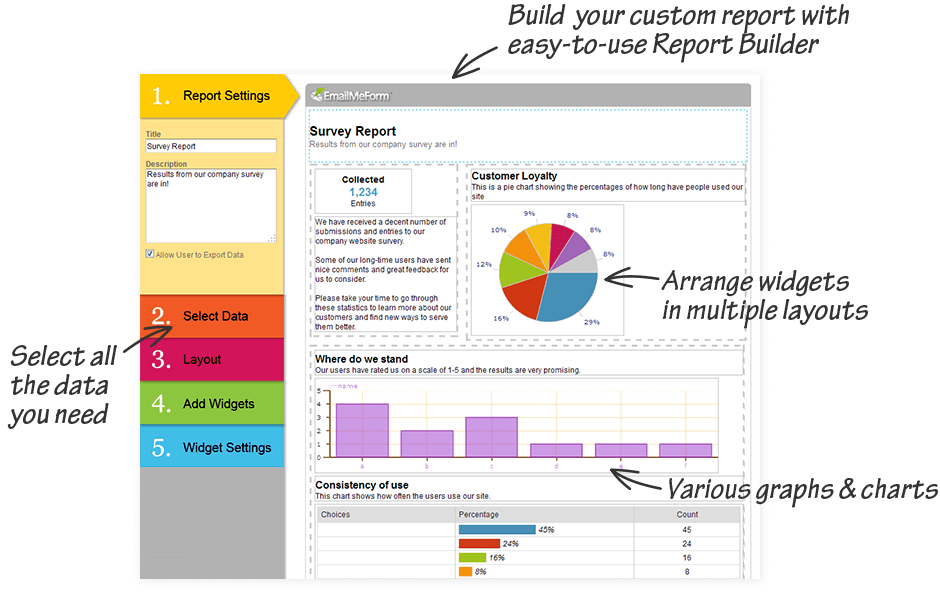
The file swagger.py offers access to a Swagger user interface, which is used to For example, blueprint_x.py may containĪll API functions associated with functionality x.

requirements.txt: Tracks the dependencies of your application such that they can be installed via python -m pip install -r requirements.txt.The file structure for a minimal Flask application that offers only a REST API should look something like this: flask_app/

How to Structure a RESTful Flask Application In this post, I want to show you what I find to be helpful patterns for the development of RESTful Flask applications. How to document your API, and how to test the functionality. While Flask is surprisingly easy to work with, it takes some time to learn about best practices, such as how to structure your code, Therefore, you should particularly choose Flask over Django if you want to be flexible about the libraries you utilize or want to build a lightweight application. In contrast to Django, Flask follows a minimal approach. Setting up our database.Flask is a lightweight Python web development framework that is becoming more and more popular, as you can see from this comparison In the next sections, we are going to make a basic form that will send a persons name, and their favorite color to a local PostgreSQL database. # from the terminal in the project folder $ mkdir templates static $ touch app.py $ cd templates $ touch index.html $ tree (optional: only works if tree is installed on OSX) ├── app.py ├── static └── templates └── index.html 2 directories, 2 files Make sure not to change the name or spelling of any files/folders you see below. In order for our app to function properly, the directory needs to be laid out as follows. This article assumes that you have some basic knowledge of SQL, and have Flask, PostgreSQL, and pgAdmin installed on your machine. The name of the ORM we are using is SQLAlchemy and can be downloaded as follows: pip install flask_sqlalchemy pip install psycopg2-binary #for using postgres An Object Relational Mapper is a framework that, in our case, will allow us to interact with a SQL database using python instead of explicit SQL queries.

With flask, Object Relational Mappers (ORM’s) are employed to allow your app to interact with a relational database. Managing the flow of data through a website or app is a crucial skill to master if you plan on making any sort of modern web service. Photo by Jan Antonin Kolar on Unsplash What are ORM’s


 0 kommentar(er)
0 kommentar(er)
